two days in the city with two names
- Sherry Brecher
- Mar 29, 2019
- 4 min read
Updated: Apr 1, 2019
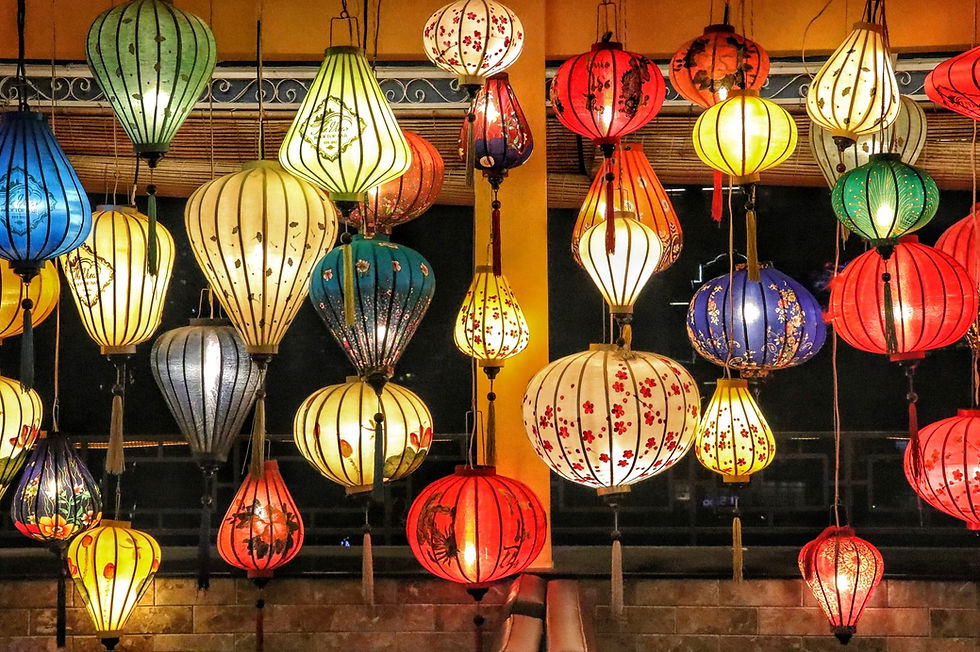
*CliffsNotes history refresher (in <150 words) for those of you who don't know/remember...
Vietnam was under French rule from the 1880's until 1954, when it declared its independence. As France withdrew its forces, the country was divided into northern and southern regions. The communist government of North Vietnam, and its rebel allies in the South (Viet Cong), fought against the non-communist South Vietnam (backed by the United States), in the Vietnam War (known as the 'America War' in Vietnam). The estimated total death count (military + civilian) was about 2.3 million and the war cost was calculated to have been around $200 billion. The war ended in 1975, when North Vietnam captured Saigon. The North and South were reunified to become the one-party communist state we currently know. In 1976, Saigon was officially remained Ho Chi Minh City (after the revolutionary leader of the communist party).
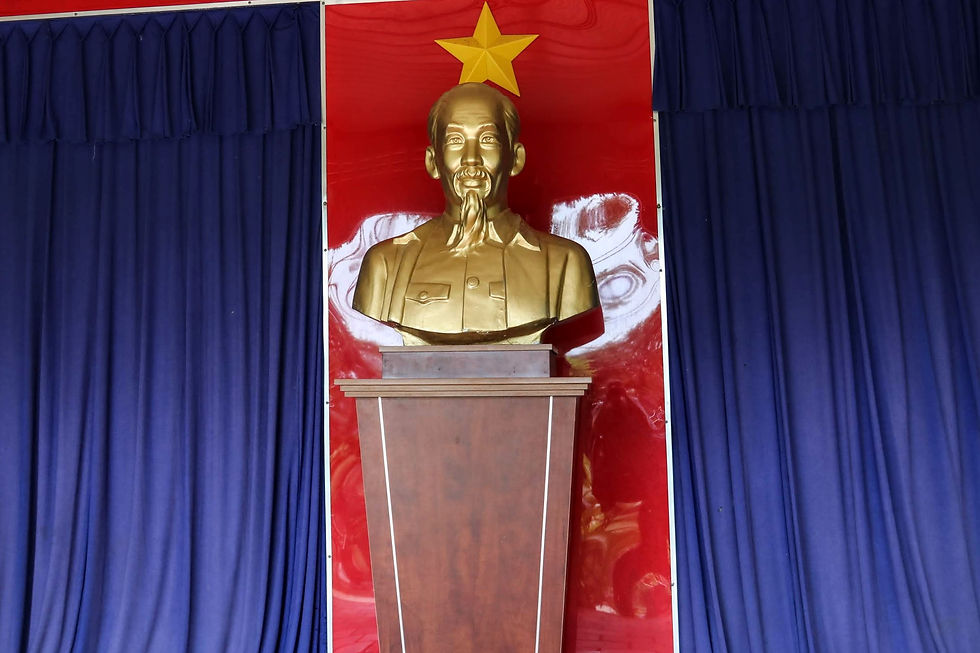
Which brings us to the present...Today, the names Ho Chi Minh City (HCMC) and Saigon are used interchangeably and synonymously. I personally prefer to kick it old-school and use Saigon.
This city with two names is raw, dizzying and frenetic, rich in both history and culture. It's a place full of wonderment, discovery and development. Modern skyscrapers are replacing historical landmarks, but many stories still remain hidden behind the doors of old, French, colonial buildings. Saigon is a bustling blend of old and new.
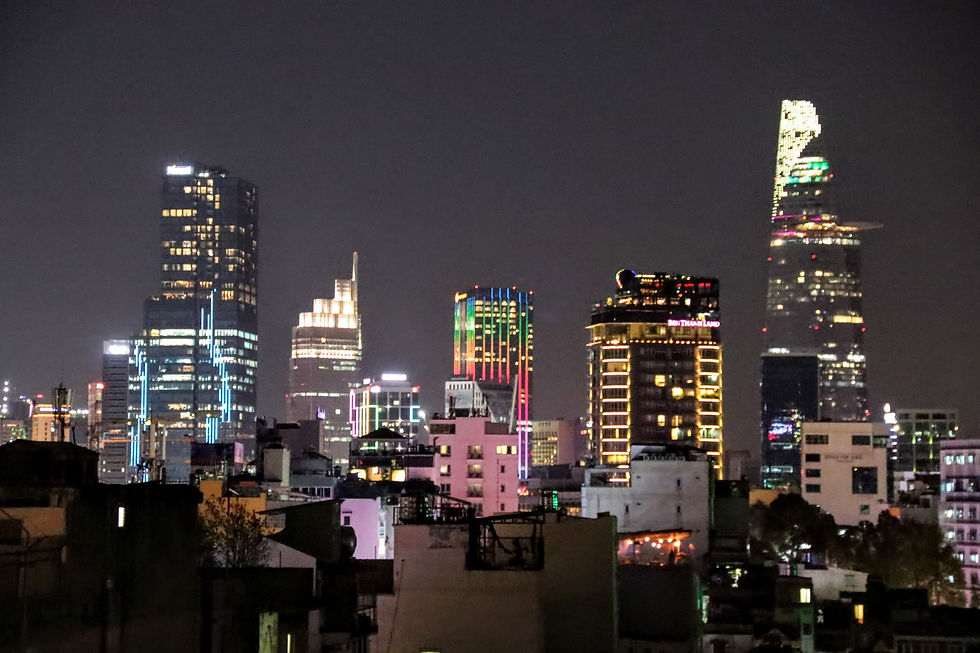
In this densely-populated city of ~9 million people, 7.43 million own motorbikes. Officially, they drive on the right-hand side of the road, but motorcycles, cars, buses, trucks and bicycles come from every direction. It's not uncommon to see rogue scooters mount the sidewalks. Heavily congested traffic, lack of lanes/road rules and meaningless pedestrian crossings make getting across the street an obstacle course that is not for the faint-hearted. If you're ever going to get anywhere, there is no room for fear, nor hesitation, you must just go, confidently.
Saigon is split into 19 districts, but most of the traffic and action takes place in District 1 (where I stayed). It's also where most of the trendier restaurants/bars can be found, as well as several of the city's landmarks.
From historical sites and rooftop bars to elegant shopping malls and old-fashioned markets crowded with stalls, there is something for everyone in HCMC. My suggestions for must-sees include the following (in no particular order):
Orient yourself, from above, by heading to the Bitexco Financial Tower. This building is one of the tallest beacons on the Saigon skyline. The 68-floor, 263-meter tower has a helipad cantilevered out from the 52nd floor, designed to resemble a blossoming lotus bud. You can either pay to ascend to the Skydeck, or you can visit floor 52 to have a beverage and drink in the panoramic views from the Eon Heli Bar (for about the same price as entrance to the observation deck).
The Binh Tay Market, in District 6, is HCMC's largest market. If you're looking for spices, dried seahorses, flip flops, conical hats, kitchenware, jewelry or knock-off handbags, you're in the right place. Don’t expect a hard sales pitch here. For every vendor doing math on a portable calculator, there’s another having a snooze on a mini, plastic, garden chair.
Have a wander down Bui Vien Walking Street (and the surrounding area), day or night, for cheap drinks and fascinating people watching. Similar to Khao San Road in Bangkok or Pub Street in Siem Reap, this street is loud, grungy and full of backpackers, prostitutes and sloppy drunks, especially when the sun goes down and traffic backs up as the street fills with pedestrians. Be prepared for dance music to vibrate your teeth as the neighboring pubs, bars and clubs try to outdo each other with the volume of their beats. Love it or hate it, it's worth experiencing.
If you start to feel confined by the crowds and want to escape the noise, find a rooftop bar, grab a delicious cocktail and watch the chaos from above. The View Rooftop Bar at Duc Vuong Hotel is a good choice for low-cost drinks overlooking Bui Vien Street.
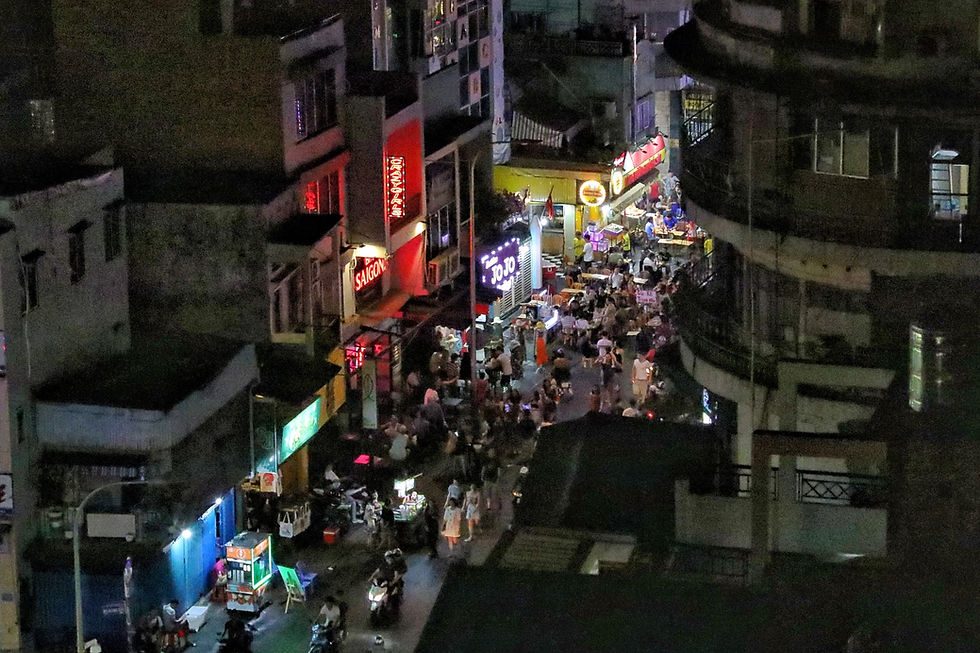
Fancy a historical excursion? Go to the Cu Chi Tunnels. In order to combat better-supplied American and South Vietnamese forces during the Vietnam War, the Viet Cong dug tens of thousands of miles of underground passages (about 250km of which run underneath the Cu Chi district northwest of Saigon). Viet Cong soldiers used these tunnels as living quarters, hospitals, shelter during combat, for transportation of communications and supplies and to lay booby traps (after which they could disappear quickly and safely underground).
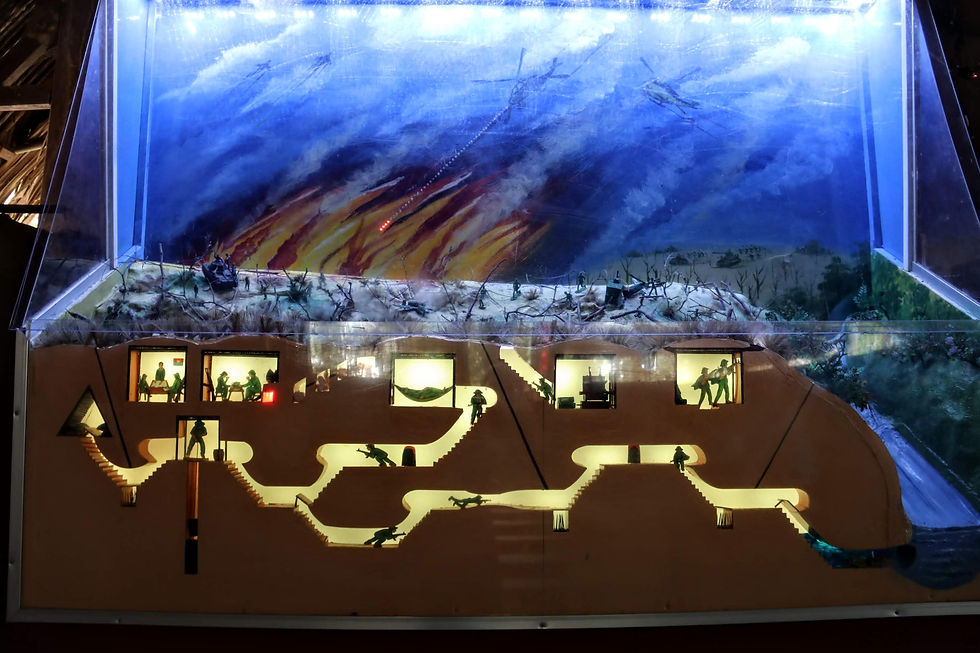
I booked a half-day tour through Deluxe Group Tours, for VND 567,000 (£18.44). My guide, 'Tommy Hilfiger', was fantastic! His personal stories added a raw and powerful element to an already intense experience. Towards the end of the tour, we had the opportunity to hide in rabbit holes and to crawl through some of the safer, steaming hot, claustrophobic tunnels. Despite having been made bigger to accommodate Westerns, they are still TINY and gave me an appreciation of how tough life in the tunnels must have been.
KNOW BEFORE YOU GO:
Try to sort out your visa ahead of time (if you require one). eVisa is the way to go.
Be prepared for long visa/immigration queues at the airport.
Check that you are current on any recommended inoculations.
The currency is the Vietnamese dong (VND), but USD are also widely accepted (although you'll get a worse rate with $).
Dong banknotes range from 100-500,000. When you go to the cash machine and withdraw VND3,000,000 you will feel like a baller (even though it's equivalent to less than £100). Not gonna lie, I felt the urge to yell 'I won!' when my cash was dispensed.
Best to have cash on you as credit cards aren't widely accepted, outside of touristy places.
Everything in Vietnam is inexpensive. You can respectfully haggle if you wish as well.
The food is amazing, but be wary of street food, if you have a weak stomach.
Do not drink the water, under any circumstances.
The most common way to say 'cheers' in Vietnam is 'yoooooooo'.
Don't be surprised if you see people sucking on giant balloons in bars/on the streets. There is a disturbing new trend of inhaling nitrous oxide on the rise in HCMC.
Grab is Asia's version of Uber. It's cheap and worked really well for me.
Both US and Euro plugs can be utilized in Vietnam. The electricity supply is 220 volts.
The city is safe overall, but be wary of petty theft and pick-pocketing.
Adequate wifi was available at just about every establishment.


























Comments